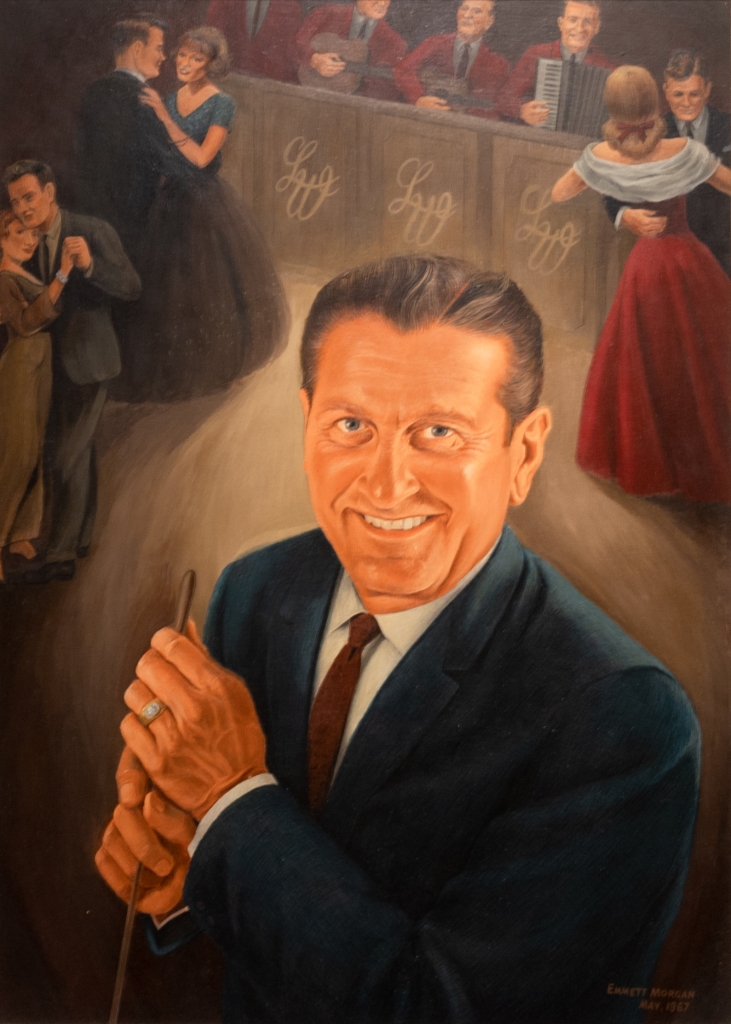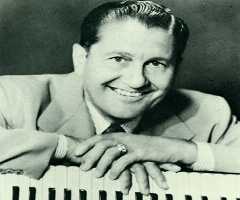

Wood siding was applied to keep the bricks from deteriorating in the weather. The home’s interior and exterior walls were built using these 12-inch thick bricks.

This mixture was put in wooden forms and left to dry in the sun. Homesteaders made do with materials at hand–mainly mud mixed with dried grass or hay and maybe some manure.

For this 1890s couple, the closest railroad was fifty miles away over open prairie, so even shipped timber was hard to access. Visit the Great Plains, and you’ll notice the lack of timber. The home provides a fascinating look at German-Russian construction. SHSND decided to shift the focus of interpretation to include additional historically significant elements of the site, including the architecture of Germans from Russia and their farming practices. How do you revitalize a site after the main reason for its existence (Lawrence Welk) has lost its relevance? Visitation had declined and the dedicated volunteers managing the site were aging. The site was previously owned by Lawrence Welk’s nieces and managed by a private non-profit. The State Historical Society of North Dakota (SHSND) acquired this rural property in 2015. The size of the brick determined the thickness of the walls, in the case of this house approximately a foot thick. Portion of the interior wall with siding removed to show batsa (mud brick with one mud brick encased on table). Other buildings include a summer kitchen, blacksmith shop, granary and buggy house, and a barn. There was no electricity or indoor plumbing the outhouse or outdoor privy is just a short walk from the house. An outside stairway provides access to the upper level, used as a bedroom by the four boys and also as storage-perhaps for curing hams and sausages. Eight children and their parents lived here between 1899 and the 1920s. The main floor of this one-and-a-half story house is less than six hundred square feet. The site’s main claim to fame is famous band leader and television personality Lawrence Welk, who was born in the house and lived on the farm until 1924, when he turned twenty-one. This is not a house of the wealthy, with beautiful decorative arts, but rather the comfortably and simply furnished house of an immigrant family- Germans from Russia-making a life on the northern Great Plains. The Welk Homestead State Historic Site, a farm located near Strasburg in south central North Dakota, features a historic house, built in 1899 of sun-dried mud brick known locally as batsa. The Welk Homestead State Historic Site, located near Strasburg, ND.


 0 kommentar(er)
0 kommentar(er)
